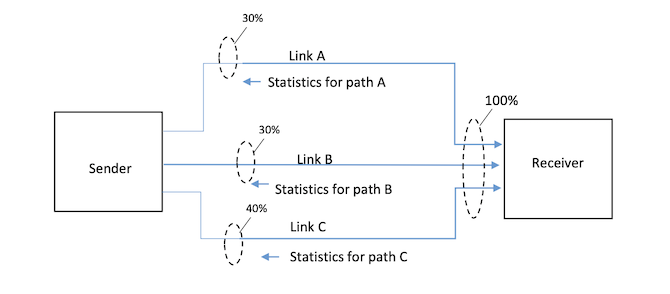VSF Improves RIST Protocol Handling of Packet Loss
Story Highlights
The Video Services Forum (VSF) has released an ancillary feature that enhances the RIST specifications with source adaption. This feature, detailed in TR-06-4 Part 1, Source Adaptation, is the first in a series of ancillary features for the RIST Specifications.
One of the core RIST functions is packet-loss recovery. However, if the network capacity falls below the stream rate, this situation cannot be handled by loss recovery; the source itself will need to react to keep the stream healthy. The options available to the stream source are to either reduce the bitrate or reroute the stream (if possible). This new specification defines a protocol for the stream receiver to provide feedback information to the source so that such actions can be taken.
The RIST protocol is designed to reliably transport video over the internet for any use case but is typically used for professional media workflows, such as news and sports contribution, remote production, affiliate distribution, and primary distribution.
According to Dr. Ciro Noronha, president, RIST Forum, the RIST Profiles have been designed to transport live video content in a reliable way by identifying and recovering from any packet loss incurred. “This update introduces a feature to further improve reliable delivery,” he says, “enabling video providers to contribute content over the public internet even more seamlessly than before.”
Rick Ackermans, co-chair, RIST Activity Group, adds that the group is continually working to develop additional RIST specifications and features. “It is anticipated that the new source adaption ancillary feature will make a real difference for contributing content over the public internet. As the Activity Group develops and releases further ancillary features in the series, the technical recommendations documents will also be made available for open access.”
Technical recommendations are freely available from the VSF website for download and use.

